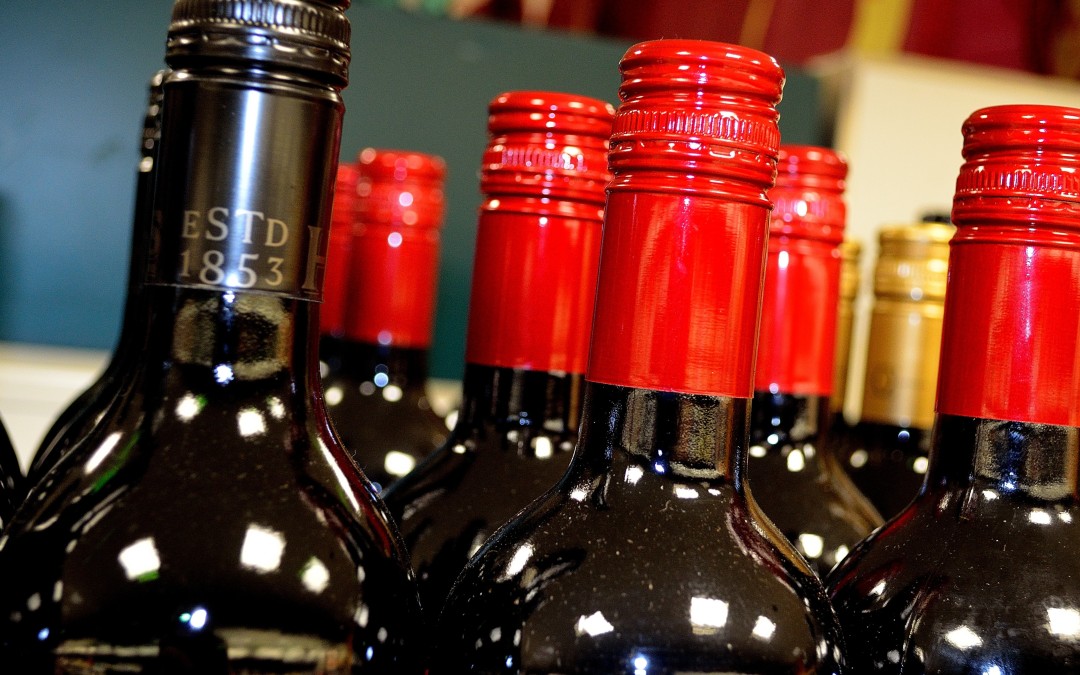
by Lorri | Mar 4, 2015 | UnCorked
There are hundreds of red wines, but most of us only think of a few familiar varietals such as cabernet sauvignon, merlot and pinot noir. When it comes to learning about wine, and having a better understanding of your palate (what you may like or dislike), these well-known varietals are not necessarily the best to use for your study.
Many wines are blended with other grapes to enhance the flavor, character or even color. Exploring individual wines that offer distinct characteristics is a good place to start.
The lesson: Body
The wine: Australian shiraz
There is no mistaking the term “full-bodied” as you explore most Australian shiraz. The high alcohol content also comes into play. The body of a wine can be detected by how the wine feels in your mouth, also known as “mouth feel” in wine speak. As you taste an Australian shiraz consider the viscosity. For a better understanding of mouth feel, milk is a good comparison. Consider skim milk as the lighter version, whole milk as having some heft, then ending with the full mouth feel of heavy cream.
THE VALUE
- 2013 Jacob’s Creek Reserve Shiraz, Australia (about $14 retail)
THE SPLURGE
- 2012 Leeuwin Art Series Shiraz, Australia (about $42 retail)
The lesson: Tannin
The wine: California petite sirah
It seems reasonable that a grape named “petite” would be soft, dainty and produce a light-bodied wine. But this grape is anything but petite, with its robust, spicy tannic structure. The petite sirah grape is a very small grape with thick skin, giving the wine its high tannin and deep color. Tannin is an easy lesson for wine drinkers to grasp if you just think of the puckery, drying sensation you experience from tasting strong unsweetened tea.
THE VALUE
- 2013 Concannon Petite Sirah, California (about $14 retail)
THE SPLURGE
- 2013 Earthquake Petite Sirah, California (about $32 retail)
The lesson: Herbaceous/vegetal
The wine: Chilean carmenere
Chilean carmenere is much like merlot, with its approachable style of low tannin and acids. It has distinct fruity flavors of plum and cherry. But more importantly, it is a prime example of a wine with “green,” “vegetal” or “herbaceous” notes. In addition to the fruity flavors, there is the subtle aroma and taste of bell pepper. The technical term is Pyrazine, an aromatic organic compound that is the source of the herby and grassy note.
THE VALUE
- 2013 Root 1 Carmenere, Chile (about $12 retail)
THE SPLURGE
- 2013 Axel Carmenere, Chile (about $26 retail)
The lesson: Alcohol perception on the palate
The wine: California zinfandel
Zinfandel grapes, when grown in a warm climate, have a tendency to create a higher than average alcohol wine. Some of these wines can be 14 percent to 15 percent alcohol, and it is easy to detect it, as opposed to that of lower-alcohol wines. The best process for detecting alcohol levels on your palate is rather straightforward: Does the wine create a burning sensation on the back of your throat? If so, then it is a high-alcohol wine. Many high-alcohol wines have a wood or spice taste, with the fuller-bodied perception attributable to the alcohol level.
THE VALUE
- 2013 Bogle Old Vine Zinfandel, California (about $13 retail)
THE SPLURGE
- 2013 Force of Nature Zinfandel, California (about $25 retail)
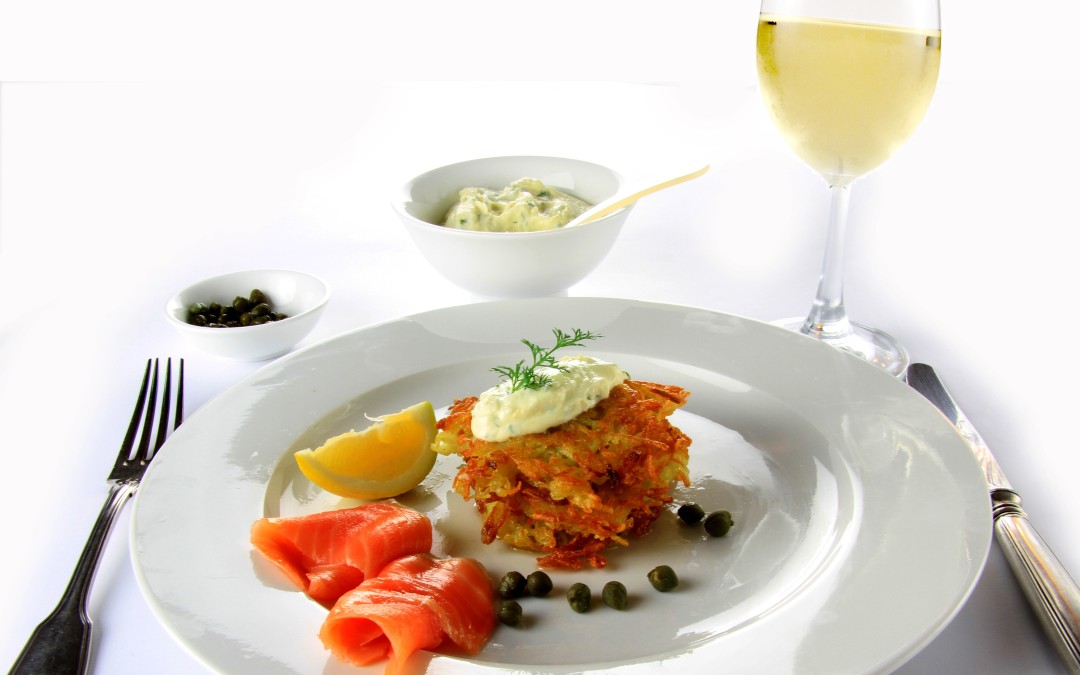
by Lorri | Feb 25, 2015 | UnCorked
Compared to just a few decades ago, we are living in a foodie and wine lover’s heyday. We can peruse grocery store aisles with choices from around the world and opt for a dinner out on the town featuring the flavors of Thailand, Italy, India, Japan and more.
All of these choices are exciting to the palate, for sure, but they also provide a dizzying variety of options when it comes to food and wine pairings.
There was a time when it was rather straightforward: pair regional wine with regional food. It would have been rare to have someone order a California Cabernet Sauvignon to pair with spaghetti bolognese.
Even with all of our options, I am still a believer in “when in Rome” philosophy for a safe starting point. But it is not always that simple. Case in point: How many wines from Thailand can you name? But there are a few steady tips to follow, making it easy to find an ideal pairing.
ITALIAN
Wine and food pairing is very easy and straightforward for most Italian dishes. Rich cheese sauce and high-acidity tomato sauces found in many Italian dishes make an almost ideal match with any wine. With antipasti, fish and seafood dishes, consider neutral white wines such as Orvieto and pinot grigio. For the more robust roasted and red meats and cheeses, consider Sangiovese, Barbera or a cabernet sauvignon from California, Australia or Argentina.
THE VALUE
- 2013 Candoni Pinot Grigio, Italy (about $12 retail)
THE SPLURGE
- 2011 Monti Barbera d’Alba, Italy (about $58 retail)
FRENCH
French cuisine, as is Italian, is a very wine-friendly match-up. With oysters or seafood, consider a chardonnay or sauvignon blanc. For pate and other charcuterie, a light red such as Beaujolais or a regional vin de pays. For classic coq au vin, daube and other dishes cooked in wine, choose a wine similar to the one used in the dish, generally a light-bodied red such as merlot, gamay or pinot noir.
THE VALUE
- 2013 Chateau Bonnet Blanc, France (about $15 retail)
THE SPLURGE
- 2010 Chateau Coutet Grand Cru, France (about $36 retail)
INDIAN
Heat is the rule breaker for most Indian food. As I have advised before, if the dish is very high in heat, you are better off drinking a beer. The spicy heat will make an average red wine with 13.5 percent alcohol feel like it has double the alcohol and cause a burning sensation in your mouth. Avoid full-bodied high-alcohol reds. But with most dishes, white wines such as California chardonnay, Australian semillon or even roses are safe bets.
THE VALUE
- 2014 Matchbook Chardonnay, California (about $12 retail)
THE SPLURGE
- 2014 Franciscan Napa Valley Chardonnay, California (about $24 retail)
JAPANESE
Japanese food is not exactly wine-friendly, but successful pairings are possible. Very dry whites such as chablis, muscadet or sparkling wines are the best match. Each of these pair with raw fish such as sushi and sashimi, but also work well with tempura. Meat dishes or those made with teriyaki sauce pair well with a soft, fruity medium-bodied red wine such as merlot.
THE VALUE
- NV Treveri Cellars Blanc de Blanc, Washington (about $14 retail)
THE SPLURGE
- 2013 Christian Moreau Chablis, France (about $32 retail)
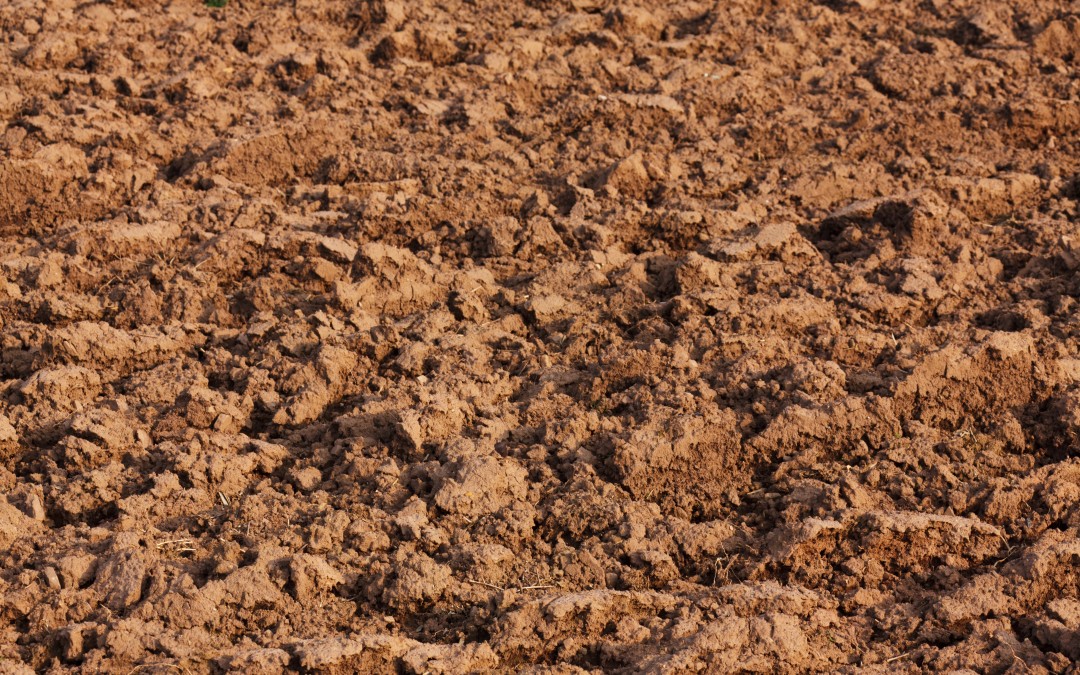
by Lorri | Feb 18, 2015 | UnCorked
In a recent class a student asked a very simple question: “Why would rich soils grow more diluted grapes for wine?” It brought up the discussion of the different environmental factors that influence wines.
It starts with the grapes. Think of grapes as apples, each variety of which is a little different. One will have high acid (Granny Smith), another sweetness (Ambrosia, Fuji) and each has distinct characteristics. How do you know these taste profiles? Chances are you have eaten a lot of apples in your lifetime.
But grapes, in addition to the distinctive taste profiles due to variety, are further affected by variables in growing conditions and winemaking processes.
As a grape ripens the acidity drops and the sugar increases. The more sugar the grape has the higher the alcohol level. This is why higher-alcohol wines are often produced in hotter climates such as California, Spain and Australia, where grapes ripen faster.
The riper a grape becomes also affects the flavor of a wine. A red grape grown in a hot climate will result in wines that have more jammy, baked or dried fruit tones. Red grapes struggling to ripen in cooler climates produce more reserved, fresh berry flavors.
If a grape is grown in a cool climate the acidity will be higher. This is why most New Zealand sauvignon blanc has such racing acidity.
The viticulture also affects the grape and the type of wine it produces. If the vines struggle for nutrients and water, the fruits are more concentrated. If the vines are allowed to spread out in a large agriculture setting with irrigation and rich soils the resulting wine will be less concentrated. This is why many wine labels explain about “drip irrigation” or “dry farming.” Both will increase the concentration of the ending wine.
To further the learning fun, compare a jammy red wine from a hot climate, a fresh berry cool-climate red and a high acidity white.
Jammy Hot Climate Reds
THE VALUE
- 2013 Greg Norman Cabernet Sauvignon, California (about $13 retail)
THE SPLURGE
- 2012 Earthquake Cabernet Sauvignon, California (about $28 retail)
Fresh Cool Climate Reds
THE VALUE
- 2013 J. Lohr Estates Pinot Noir, California (about $13 retail)
THE SPLURGE
- 2013 Schug Winery Pinot Noir, California (about $20 retail)
Racing Acidity Cool Climate Whites
THE VALUE
- 2013 Brancott Sauvignon Blanc, New Zealand (about $13 retail)
THE SPLURGE
- 2013 Kim Crawford Sauvignon Blanc, New Zealand (about $21 retail)
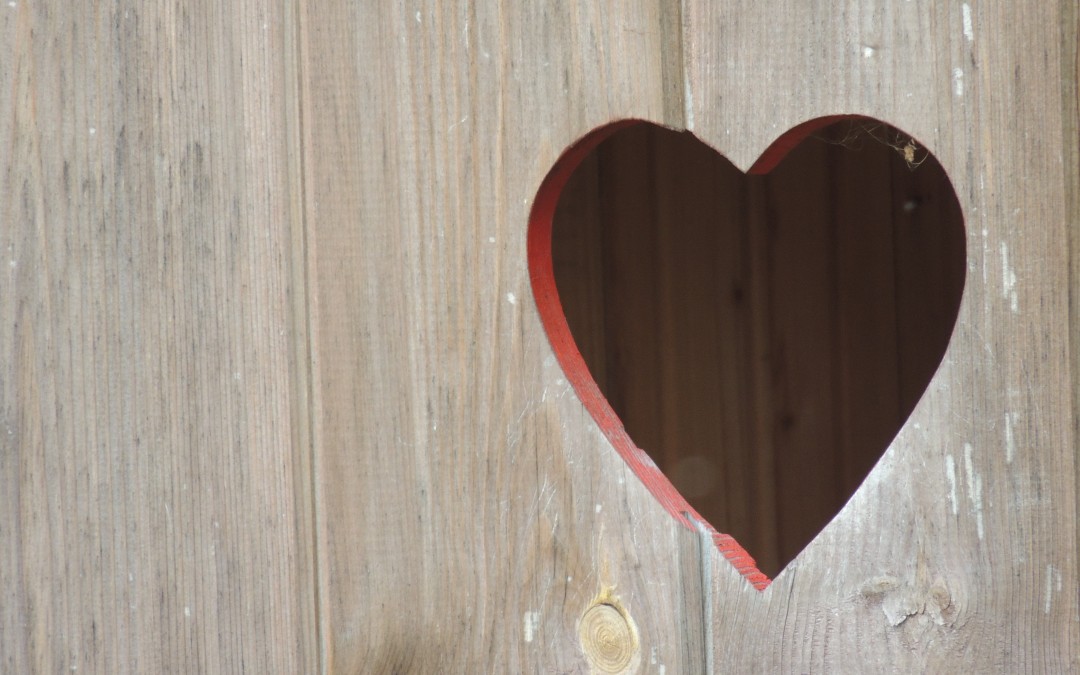
by Lorri | Feb 11, 2015 | UnCorked
Each year on Feb. 14 people around the world celebrate Valentine’s Day.
In the United States this celebration typically is toasted with candy, flowers, jewelry and other gifts. Each year my husband’s romantic gesture is to give me a thought-out, well-planned bottle of wine. After many years together he knows I don’t eat candy, he gives me flowers throughout the year and I have enough jewelry. But I never have enough wine. I am sure he has already selected my gift with days to spare, but for the rest of you still seeking the perfect gift, I hope these ideas help.
There are many bottles sitting on retail shelves or patiently waiting to be noticed on wine lists. Make the choice personal by selecting a vintage port or Champagne based on special dates, ranging from the year a person was born, life-changing events (anniversary, birth of a child) or even the year you met your valentine. If you are dining out, check the wine list before you go and call ahead to confirm the bottle you want is in stock.
If your budget or time doesn’t allow for a night out, simply putting thought into the gift can make it just as sentimental. For example, a bottle from a vineyard you visited together, or one you want to visit together, or something from a winery with a romantic history. Obviously, the ultimate gift idea would be a bottle of wine with a note promising a romantic getaway to the winery or the region.
THE VALUE
- 2013 Los Vascos Cabernet Sauvignon, Chile (about $14 retail)
THE SPLURGE
- 2012 Stasis Pinot Noir, California (about $45 retail)
For some lovebirds the best gifts are something sweet and something that sparkles. Many times you may have the chocolates and flowers in place but just need another personal touch. A sweet, sparkling wine is a great addition.
THE VALUE
- NV Stella Rosa Black, Italy (about $15 retail)
THE SPLURGE
- NV Scharffenberger Cellars Sparkling Rose, California (about $25 retail)
There is just something about rose wines that make them an ideal fit for romance. I prefer the dry styles of rose because they fall somewhere between white and red wines. The aromas are almost always fresh, enticing strawberry and cherry, and the flavors are crisp and refreshing, with a light, zesty acidity. Unlike your valentine, rose wines are not looking for a long-term relationship — it’s best to drink them within 3 months of purchase.
THE VALUE
- NV ROSA Rose, Argentina (about $18 retail)
THE SPLURGE
- 2013 Chateau de Montifaud Pineau Rose, France (about $ 35 retail)
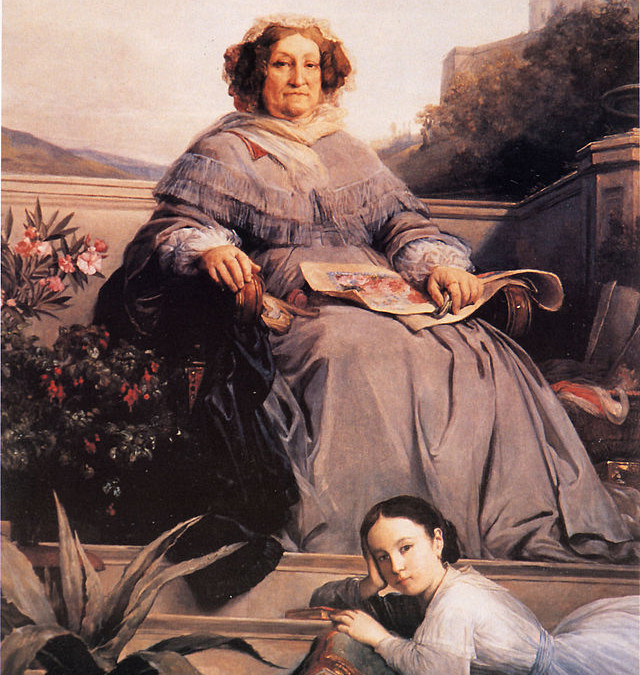
by Lorri | Feb 4, 2015 | UnCorked
Sparkling wine has a special allure. And for those of us who love it, it only takes one sip to understand why it may have inspired Dom Perignon to declare, “Brothers, brothers, come quickly, for I am drinking stars.”
I’ve written before about many of the innovations in winemaking that made Champagne possible, from changes in the type of fuel used to fire the glass ovens to new bottle closures. But a lesser known branch of the bubbly timeline is the legend of Barbe Nicole Ponsardin, better known as Madame Veuve Clicquot. Widowed at the age of 27, Clicquot was already an icon in the royal courts throughout Europe, but after the death of her husband she quickly went to work focusing on establishing her brand. By the early 1810s her wines had gained international acclaim.
But there was one little issue with the wine in the expanding markets. It was only a cosmetic thing but still a problem: The wines were cloudy with sediment.
As the story goes, Clicquot was sitting at her wooden table in the cellar when she got the idea that would solve the problem. Remember it’s only a legend; she stood up, turned the table on its side and had her cellar master cut holes for the bottles to be placed neck down at an angle, creating the the riddling rack.
The rack allowed a bottle of wine to be stuck sur point, or upside down. Every day a cellar assistant would gently shake and twist the bottle (a process called remuage) to encourage wine solids to settle to the neck. When this was completed, the cork was carefully removed, the sediments ejected, and a small replacement dose of sweetened wine added. The process is still used today.
This innovation led to Clicquot being known by her peers as “La Grande Dame” of Champagne.
So, the next time you drink Champagne, be sure to raise a glass in admiration of those who helped bring the sparkle to our bubbles.
THE VALUE
- NV Veuve Clicquot Yellow Label, France (about $69 retail)
THE SPLURGE
- NV Veuve Clicquot La Grande Dame, France (about $225 retail)
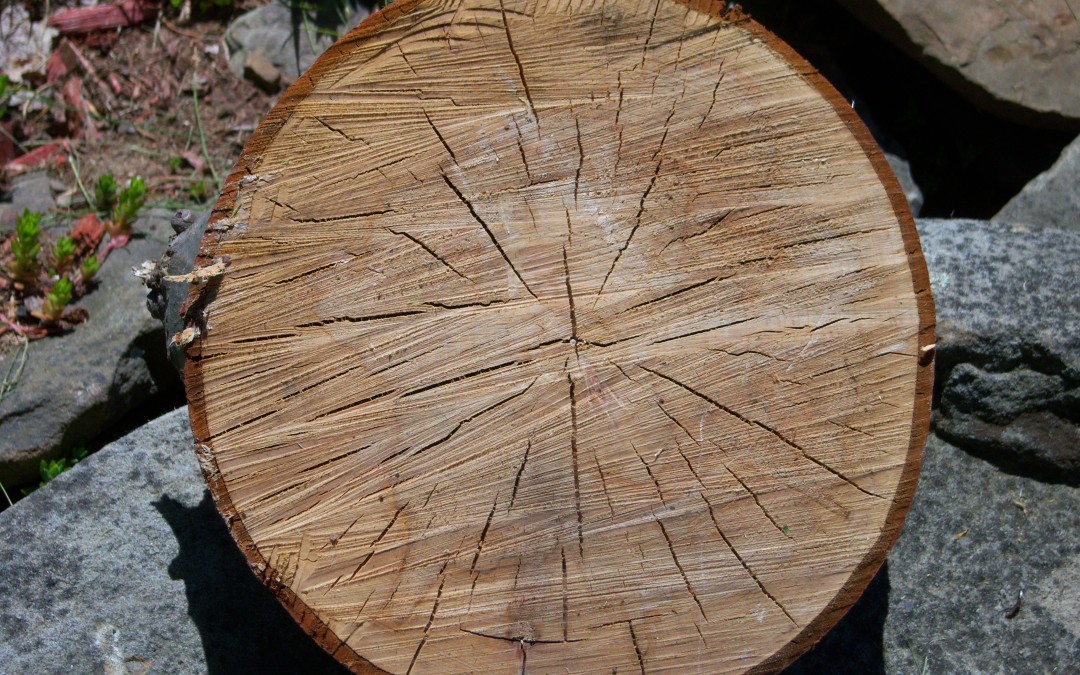
by Lorri | Jan 28, 2015 | UnCorked
The use of oak is an often misunderstood topic in winemaking. Simply put, there is no correlation between quality and oak.
In wine production the ending process is divided into two stages: fermentation, the time the grape juice is turning into wine, and maturation, the time following fermentation when the wine settles down and loosens up its rough edges. Depending on various factors, maturation can take five months to five years.
Those rows and rows of slumbering oak barrels you see in a winery are an expensive and diverse part of winemaking. A single oak barrel can cost as much as $1,000 and the barrels are often used for just three years. Barrels vary by size.
Newer barrels tend to impart more flavor and tannins and the use of toasting, charring the inside of the barrel, also influences the oak characteristic of a wine. The toasting process can have a major influence on the wine’s time in the barrel. Some winemakers prefer heavy toasting, while others may have a gentle toast with very little influence.
Another difference in oak is the type used. Generally it is either American or French. French oak tends to impart a savory taste, while the typical American oak is sweeter with more of a vanilla flavor.
Why use oak? The short answer is for the flavor and aroma it gives the finished wine. But the use of oak serves another purpose, too. It allows a slow infusion of oxygen into the wine. The oak acts as a catalyst for chemical changes a wine undergoes in the maturation process.
There are other much less expensive methods a winemaker could use to achieve some sense of oak influence. They include the use of oak staves that are dipped into stainless-steel vats of wine, the use of oak chips and even adding liquid essence of oak (very few would admit to the last method being used).
Another issue that is often misunderstood is barrel-fermented versus barrel-aged. A barrel-fermented wine is unfermented juice going into barrels and then becoming wine. Barrel-aged usually means a wine was already fermented (generally in stainless-steel vats) and was put in barrels for aging or maturation. Barrel fermenting is a very messy process.
This explains why most red wines, which get their color and tannins from fermenting with the grapes’ skins, are usually barrel-aged after being fermented in stainless-steel vats.
So how does the use of oak influence the end result? Generally white wines will have buttery, toasty, spicy tastes with a rich character. Reds will have a defining tannin structure with sometimes smoky, peppery, vanilla or spice taste.





